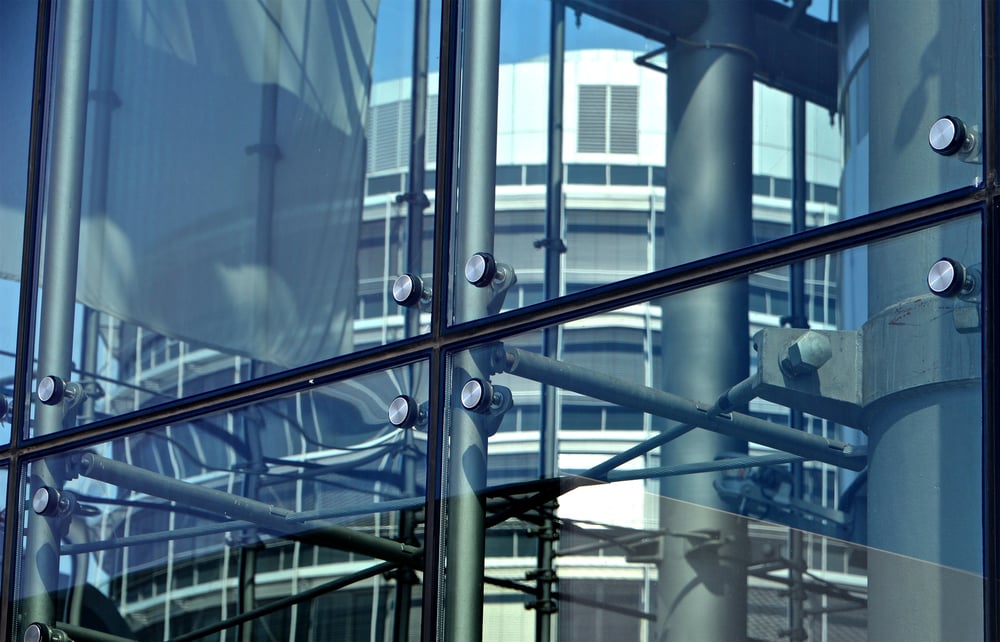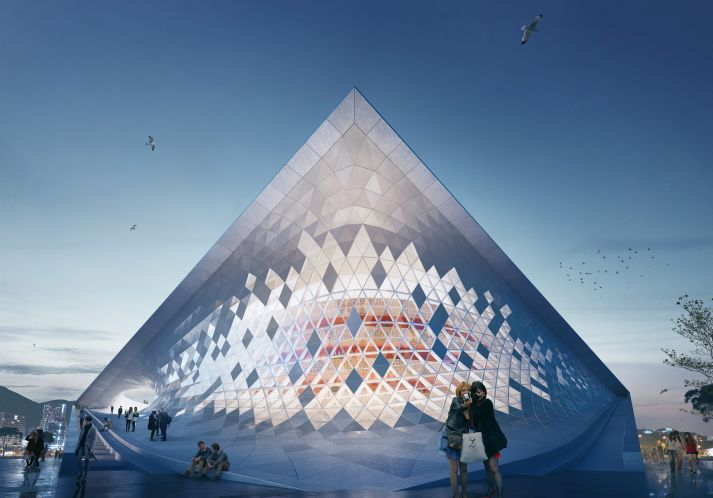Glass & Steel Ensemble: Structural Glazing Façade Systems
Modlar Construction Smart Buildings Architecture Material Science Manufacturing Eigile 3 min read

Due to the recent innovation of the facade technology, structural glazing systems have reached new heights with its glass and steel ensemble.
 One cannot undermine the beauty of the exposed minimal structural system as it exhibits refined craftsmanship with its high quality materials and finishes.
One cannot undermine the beauty of the exposed minimal structural system as it exhibits refined craftsmanship with its high quality materials and finishes.
Structurally, the tension-based support system renders the efficient, flexible and lightweight attributes of the machine components that fit uniquely with the attached glazing system.
Mullion
Mullion systems deliver a fresh take on a range of solutions for structural glass facades. Composed of stainless steel rods or aluminum sections placed on every vertical node at the glazing grid, the structural components of the system provide long-span accommodation in the vertical and horizontal, as well as open or closed positions.
Commonly vertically applied, the horizontal mullion system type yields an innovative deviation with its suspension from the overhead cables and fixation to the anchored building structure from both ends.
Mullion system can be applied to glass facades with complex geometries such as libraries and institutional facilities.
Truss
Commonly a planar truss design, truss system can be aesthetically improved through system variations and hybrids such as sloped, curved and faceted geometries.
With the usual elements such as the cable internal rods and lateral tensile systems at the glazing grid's vertical joints, truss system often employs means to lighten as well as to stabilize the structural integrity of the glass facade.
This structural glass facade system is often applied in long-span structures and add-on components such as sunshades, entrances and canopies as it offers great versatility in form articulations.
Bolt-up horizontal members and rectangular tubes are integrated along the trusses to maintain structural profile which can then be easily attached with low-cost glazing systems.
Glass Fin
Resembling an all-glass appearance, glass fin cements itself as the earliest form of structural glass facade.
This mature technology often substitutes the conventional metallic components of trusses with its laminated or monolithic glass fin components, which are then perpendicularly attached to every vertical line of the glazing system to resist lateral wind loads.
With a maximum fin length of 17 feet, exceeding length often employ detailed metal splice plates with neoprene washers to accommodate long-span applications in office buildings.
Glass grid intersections often integrate point-fixing options such as spider fittings, drilled glass panels and stainless steel fittings.
Grid Shell
A contemporary facade structure type, grid shell touches on the complexity of the design and surface geometries of the glazing system.
This flexible form generator often incorporates square, triangle and parallelogram elements that are vaulted or domed, regular or irregular conical sections and free-form double curved faces.
Cable pre-stress is often applied to resist structural loads whereas triangle elements often do not need cable bracing as they are geometrically stable by nature.
Attributing to its complexity and unconventionality, grid shell is mostly applied to the design of parametric architecture and avant-garde organic facades rather than the traditional, linear forms.
Eigile
Moving the needle with mavericks.™
